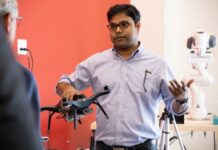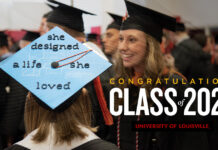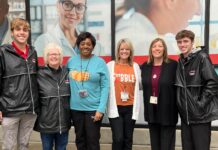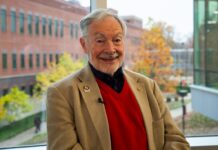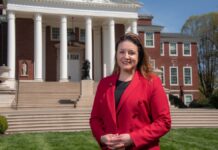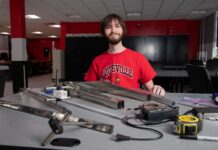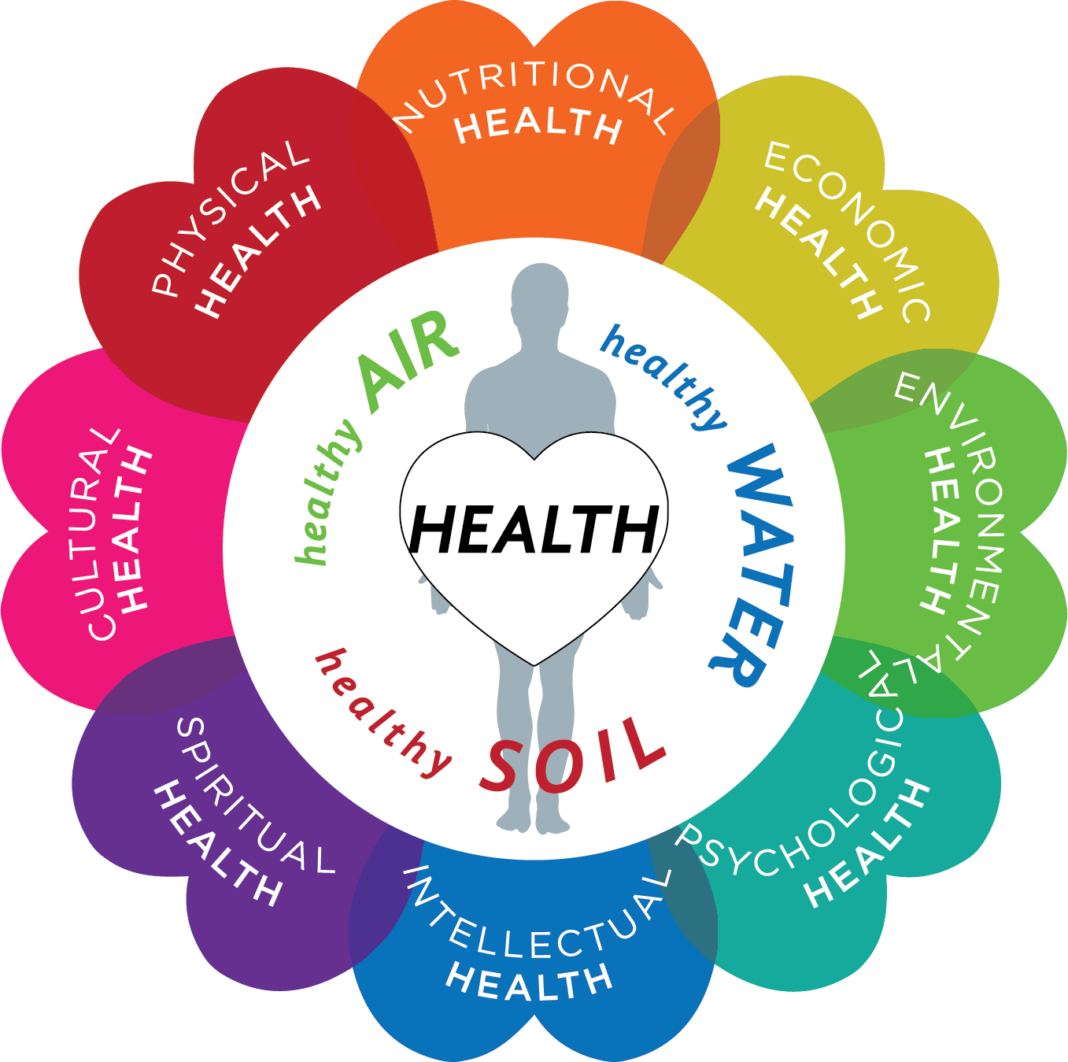
The Envirome Institute at the University of Louisville has absorbed a new center and named a former city official as director.
Theodore “Ted” Smith, Ph.D., the former chief of civic innovation for the Office of the Mayor, Louisville Metro Government, and CEO of Revon Systems of Crestwood, Ky., has been named director of the Center for Healthy Air, Water and Soil (CHAWS). The center was formerly known as the Institute for Healthy Air, Water and Soil and was absorbed from Community Foundation fiscal sponsorship. It has evolved to become a research center in the Envirome Institute.
“In Ted Smith, we have a skilled leader who will help us lead environmental health research into the next century,” said Aruni Bhatnagar, Ph.D., director of the Envirome Institute and the Smith and Lucille Gibson Chair in Medicine at UofL. “His expertise in directing programs in environmental health will be invaluable as we ramp up the work of the Envirome Institute generally and the Center for Health Air, Water and Soil specifically.”
CHAWS has a mission to create a healthier Louisville by building a modern urban laboratory that supports innovative research projects driven by a health in all policies philosophy.
“The center combines people and data to encourage new conversations and new solutions to health challenges in the Louisville community,” Bhatnagar said. “Through citizen empowerment and inventive technology, we can improve the health and harmony of our world.”
CHAWS is the first new center announced to be part of the Envirome Institute that was established in June 2018 with a $5 million gift from the Owsley Brown II Family Foundation to support the first research facility dedicated to the study of the human envirome. Taking a holistic approach to researching how the human-environment interrelationship impacts peoples’ lives, the institute builds on Bhatnagar’s pioneering work in the field of environmental cardiology.
The institute incorporates community engagement and citizen science to introduce a singular, new approach to the study of health, Smith said. It works to create actionable knowledge about all forms of health and how they are affected by the environment beyond the genomic aspect of citizens.
Smith said CHAWS will have a primary focus on “fortifying our ‘Town and Gown’ collaborations with Metro Louisville and learning with citizens and city leaders how the built and natural environment can promote human health.”
The Center has an initial portfolio of projects that includes aspects of the Green Heart Project as well as continuation of the former institute’s health ambassador program. The Green Heart Project studies how residential greenness and neighborhood greenspaces affect the health of communities by decreasing the levels of environmental pollutants and promoting physical activity and social cohesion. The Health Ambassador Program is a community movement of people stepping up to help the Metro Louisville’s Office for Safe and Healthy Neighborhoods and empowers people interested in civic engagement through training in CDC Public Health Approach to Violence, Community Organizing, Mental Health First Aid, Suicide Prevention, and Conflict Resolution.
Smith is no stranger to this field of study. He spent five years, from 2011-2016, as the chief of civic innovation in the Office of the Mayor of Louisville Metro Government. Three of those years, from 2013 to 2016, he was co-founder and executive director of CHAWS when it was under the aegis of the city.
“Humans live in complex, variable and diverse environments that are fashioned by their unique mix of history, culture and social organization,” Smith said. “Until recently, we lacked the material and conceptual tools required for studying the health effects of the natural, social, cultural and economic dimensions of the human environment as a whole. As shown in the graphic ‘Circle of Harmony and Health,’ created for the Envirome Institute, health should be understood holistically as psychological, intellectual, spiritual, cultural, nutritional, economic and environmental health.”
Smith earned a bachelor degree in biology and psychology from Allegheny College of Meadville, Penn., and master’s and doctoral degrees in experimental psychology from Miami University of Oxford, Ohio. He also was a postdoctoral fellow in the Man-Vehicle Laboratory at the Massachusetts Institute of Technology.
He has served on the faculties of Thomas More College, Fort Mitchell, Ky.; Suffolk University, Boston; Tufts University, Medford, Mass.; and Spalding University, Louisville. With his appointment as director of CHAWS, he also was named associate professor of pharmacology and toxicology in UofL’s School of Medicine.
Smith brings a varied career in research, technology transfer and business leadership to his position with UofL. He was senior policy advisory for the Office of the National Coordinator of Health Information Technology, U.S. Department of Health and Human Services; and served in a variety of leadership roles with Anderson Consulting (Accenture), St. Charles, Ill.; Gartner Institute Inc., Eden Prairie, Minn.; Health Central Networks Inc., Arlington, Va.; and TechRepublic.com, CNET Networks Inc. and MedTrackAlert, all of Louisville.
He has served as a grant reviewer for the Space Medical and Related Technologies Commercialization Assistance Program of the National Space Biomedical Research Institute in Houston and for the U.S. Department of Health and Human Services’ Consumer-Mediated Information Exchange in Washington.
He was principal investigator on four grants totaling almost $1 million from NASA, the U.S. Department of Transportation, the Ewing Kauffman Foundation and the Robert Wood Johnson Foundation. Additionally, he has served as a collaborator on three additional grants totaling $11.4 million.
He is co-holder on two patents: System and method for interactively transforming a system or process into visual representation (U.S. Patent No. 5,838,973); and notifications for reducing overflows from combined sewer systems and sanitary sewer systems (U.S. Patent No. 62,135,592).
He is lead or co-author of eight journal articles and book chapters and 16 abstracts and presentations at scientific and research meetings.







